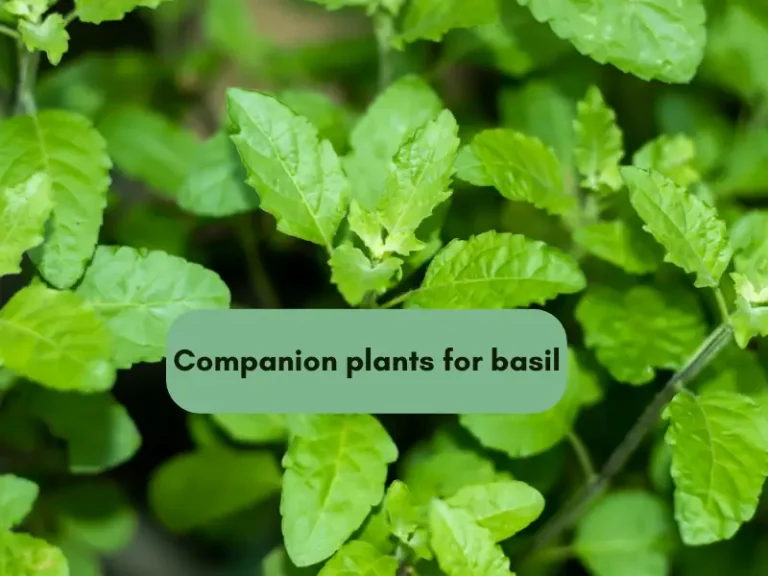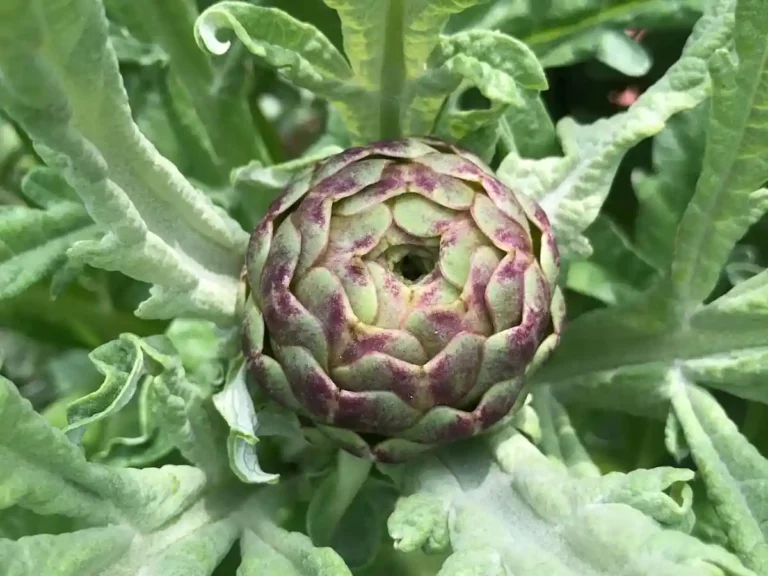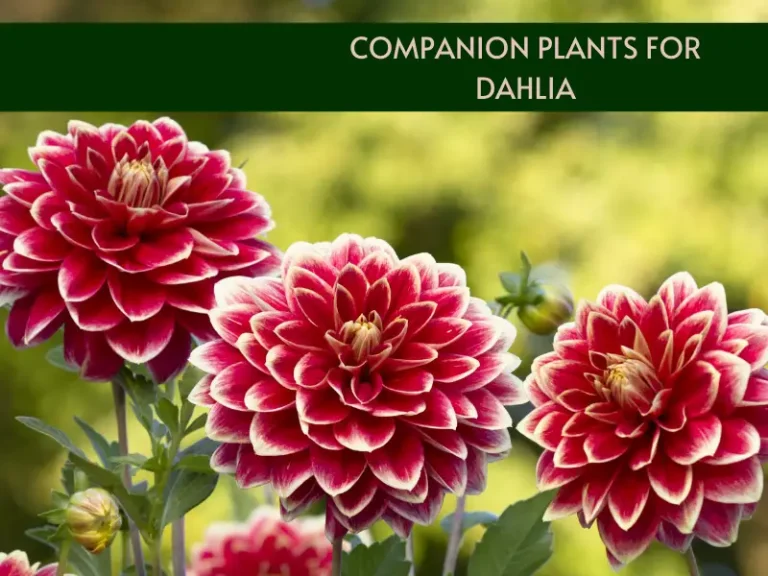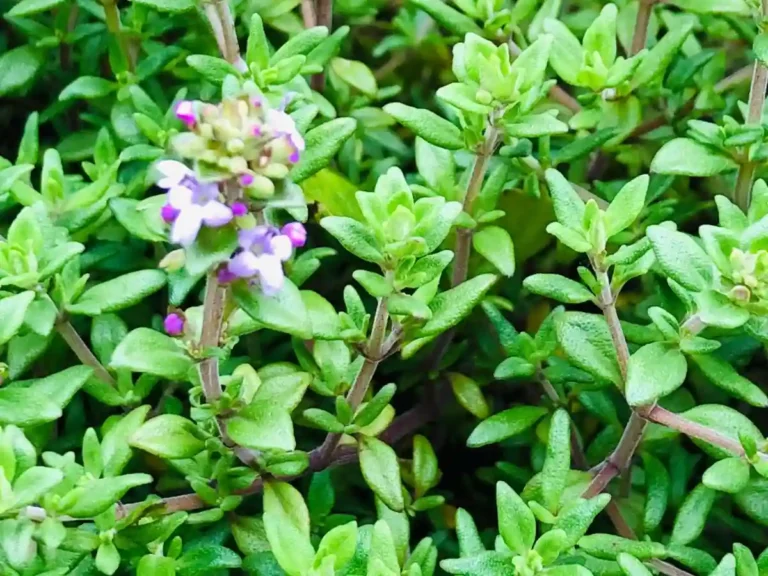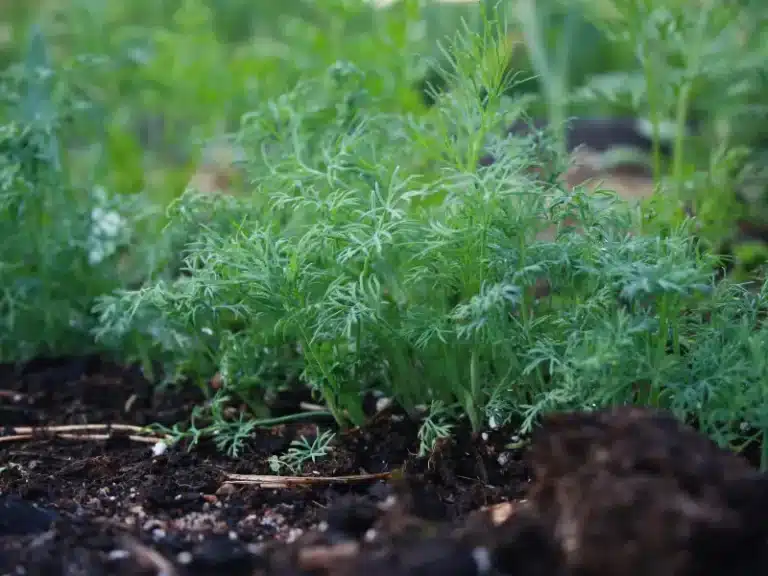The TOP 10 Companion Plants for Cucumbers
Cucumber (Cucumis sativus) is a well-known summer crop produced for its tasty fruit. You may improve its growth by planting it alongside other suitable companion plants. Companion planting protects cucumbers from pests and diseases and fixes nitrogen in the soil.
Pair cucumber with dill, marigolds, peas, sunflower, beets, beans, celery, corn lettuce, borage, radishes, and nasturtiums. Radishes and lettuce can assist in keeping illness and pests at bay. Marigolds, nasturtiums, and borage are natural insect repellents that help bring pollinators to the garden.
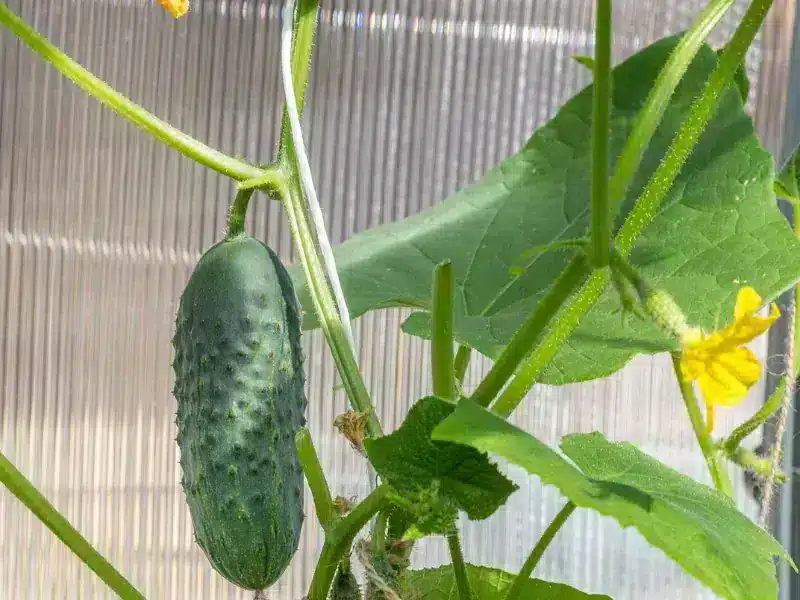
Here are considerations that I think are important for any gardener:
- Cucumbers are vining plants that need support. Therefore, pair them with plants that help support them, such as herbs and flowers.
- Cucumbers grow rapidly. As a result, consider pairing it with fast-growing garden plants.
- Cucumber works well with short plants that thrive in partial shade because of its large, shady leaves.
10 Best companion plants for cucumber
Here are the best companion plants for cucumbers:
| Companion Plant | Benefits | Growing Tips |
|---|---|---|
| Beans | Fix nitrogen in the soil | Grow beans near cucumbers to enrich soil with nitrogen |
| Celery | Repels pests | Plant celery near cucumbers to deter aphids and other pests |
| Dill | Attracts beneficial insects | Allow dill to flower to attract pollinators and pest predators |
| Marigolds | Repel nematodes | Plant marigolds near cucumbers to reduce nematode populations in the soil |
| Radishes | Improves soil health | Plant radishes in the same bed as cucumbers to add nitrogen to the soil |
| Sunflower | Provides shade | Plant sunflowers at the north end of the cucumber bed to provide shade on hot days |
| Corn | Attracts pollinators | Plant corn near cucumbers to attract pollinators and improve pollination |
| Lettuce | Cools soil | Plant lettuce in between cucumber hills to cool soil |
| Nasturtiums | Repel pests | Plant nasturtiums near cucumbers to deter aphids, squash bugs, and other pests |
1. Beans
Beans are excellent companion plants for cucumbers due to their ability to fix nitrogen in the soil. With adequate nitrogen in the soil, cucumbers will grow rapidly, producing strong stems and an abundance of leaves, flowers, and fruits.
Plant both cucumber and beans in a well-lit place in the garden. It is recommended to plant the bean seeds at the base of the cucumbers to support climbing cucumbers, avoiding the need for extra trellis or support structures.
Pro tip: Sow the beans seed 2-3 inches away from the base of a cucumber when they are atleast 2 inches tall. Then water them regularly at their bases to avoid fungal infection.
2. Celery
Celery is a great companion plant for cucumber in the garden due to its nitrogen-fixing, pest control, and soil aeration abilities.
The plant has deep roots that aerate and improve the structure of the soil, which can help cucumber plants grow. It is also known to deter pests such as aphids, which can damage cucumber plants.
It is recommended to plant them at least 18-24 inches apart since celery plants can grow up to 2 feet tall and wide.
Keep both plants consistently moist, but avoid over-watering, which can cause root rot. Fertilize with a balanced organic fertilizer regularly, and mulch the soil to conserve moisture and control weeds.
3. Dill
As a companion plant, dill (Anethum graveolens) provides several advantages to cucumber and other garden plants. The plant can repel harmful insects while attracting beneficial insects, such as pollinators and parasitic wasps, which eat away pests like aphids and cucumber beetles.
Dill and cucumber are compatible in terms of their nutrient requirements. Cucumber is a heavy feeder that requires a lot of nitrogen, while dill is a nitrogen fixer that helps add nitrogen back into the soil.
By planting dill alongside cucumber, you can help improve soil fertility and provide a better-growing environment for both plants.
4. Marigolds
Marigold is well-known in companion planting for its ability to repel various pests, including root-knot nematodes and thrips that attack cucumbers. The plant also has a strong scent that shields cucumber’s scent, protecting it from pests.
Furthermore, the deep roots of marigolds improve soil structure and increase moisture availability in the soil.
Plant marigolds and cucumbers 10-20 inches apart and water them regularly. Then apply a balanced fertilizer every month to nourish the plants.
5. Radishes
Planting radishes and cucumbers is a great way to conserve space in your garden. It is a fast-growing vegetable that won’t compete with cucumber for space and nutrients in the garden.
The radishes also help to get rid of squash bugs. An experiment by the University of Nebraska proved that radishes reduced the population of squash bugs by 75% in a garden.
Plant the radishes 6-8 inches apart from the cucumbers, then harvest them after one month to allow the cucumber to continue thriving.
6. Sunflowers
Sunflowers make excellent cucumber companion plants for a variety of reasons. Firstly, sunflowers have deep roots that help to aerate the soil, resulting in better-growing conditions for cucumbers.
Second, sunflowers have been proven to attract pollinators, which can assist in cucumber pollination. Third, sunflowers can absorb excess water, which can help in preventing waterlogging around cucumber roots, which is an ideal growing condition.
Finally, based on experts at Science Alert, sunflowers produce allelopathic compounds that inhibit the growth of certain weeds that compete with cucumber for light, water, and nutrients.
When companion planting, leave 18-24 inches between sunflowers and cucumbers. This spacing provides enough space for both plants to grow and reach their full potential.
7. Beets
Beets are another root vegetable that you can plant alongside cucumber. Beets have shallow roots that do not compete with the deep roots of cucumber plants for water and nutrients, allowing the cucumber to grow more quickly.
Cucumbers and beets both prefer well-draining soil with consistent moisture.
While companion planting, plant beets around the garden’s edge or between the cucumber’s rows. Allow a spacing of about 5-10 inches between each plant.
8. Corn
Corn, like sunflowers, has relatively strong upright stalks that can act as a trellis for cucumber in the garden. Corn’s deep roots may assist in aerating the soil and offer access to nutrients, whereas cucumber’s shallow roots allow it to absorb soil moisture more efficiently.
Furthermore, the huge leaves of corn can give shade and prevent soil evaporation, which can help the cucumber plant. Corn also attracts beneficial insects such as ladybugs, which can help control insect pests that could harm cucumber plants.
Ensure you provide ample spacing when planting the two to prevent competition of nutrients. Ideally, space them 2 feet apart.
9. Lettuce
Lettuce is used as a companion plant for cucumber since the two plants have similar growth patterns and requirements. Lettuce prefers colder temperatures and shade, which cucumber can give with its large leaves.
In addition, lettuce acts as a natural mulch, conserving moisture in the soil and preventing weed growth.
Lettuce also attracts beneficial insects to the garden, which can help control pests that may harm cucumber plants.
For the best results, space the lettuce and cucumber plants approximately 12 to 15 inches apart and water regularly to ensure both plants get adequate moisture.
10. Nasturtiums
Nasturtium is a great companion plant for cucumbers because they have a strong aroma that functions as a natural repellent for pests like aphids and whiteflies.
Furthermore, the nectar-rich flowers of Nasturtiums attract beneficial insects such as ladybugs, and parasitic wasps, which can help in pest population control.
Nasturtiums also have a shallow root structure, allowing them to live with cucumber plants without competing for soil nutrients and moisture. They grow by crawling along the ground hence being th perfect ground cover for your garden.
Nasturtiums and cucumbers should be planted at least 12-18 inches apart and watered periodically to achieve maximum growth.
Plants not to pair with cucumber
Although some plants complement cucumbers, others should be separate from them. It may be due to competition for nutrients and water, affecting cucumber flavor, attracting similar pests, or even inhibiting cucumber growth.
Among the plants that should not be combined with cucumber include:
- Melons
- Potatoes
- Sage
- Brassicas
- Fennel
Conclusion
Companion planting with cucumbers requires a mindful approach. By pairing cucumbers with the right companion plants, such as dill, marigold, sunflowers, and beets, you can enjoy numerous benefits, including improved soil fertility, pest control, and increased growth. However, avoid pairing cucumbers with plants like potatoes and sage since they may negatively affect cucumbers’ growth and health.


